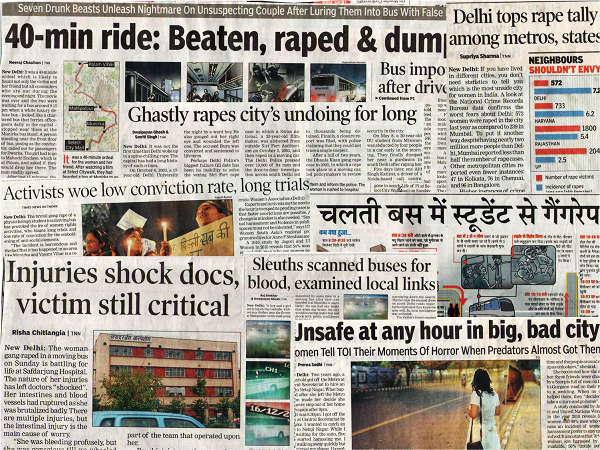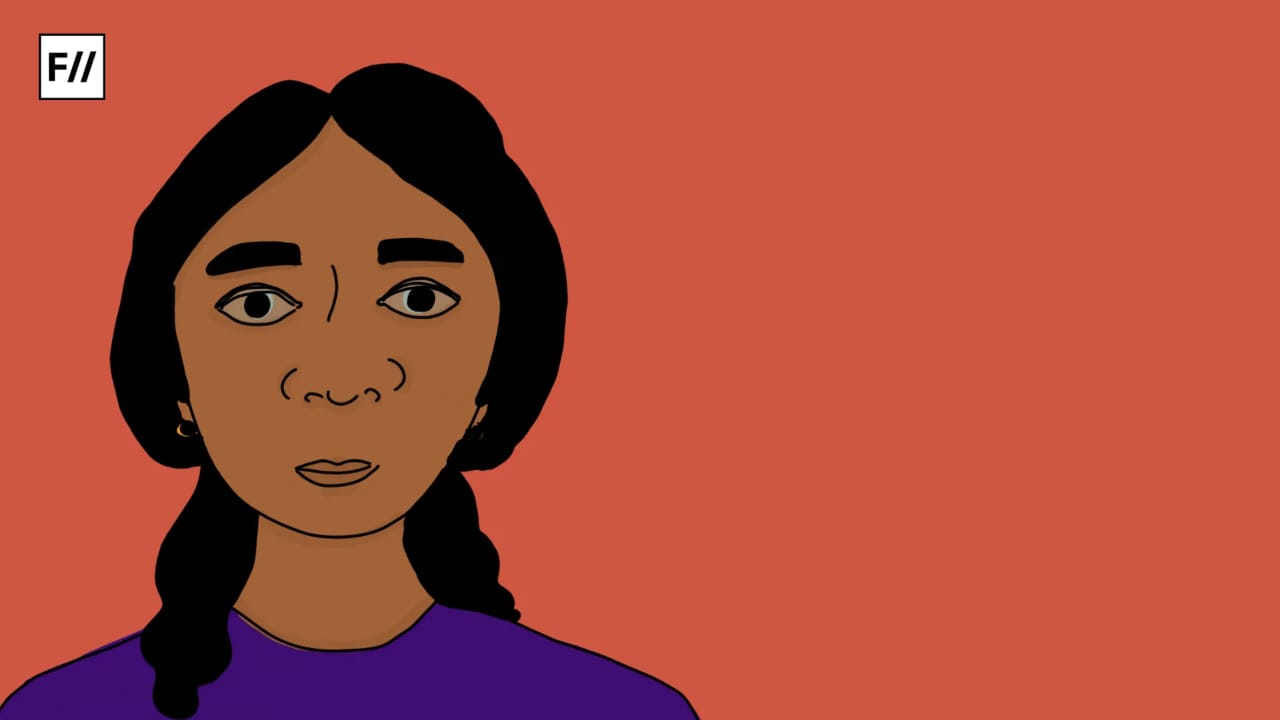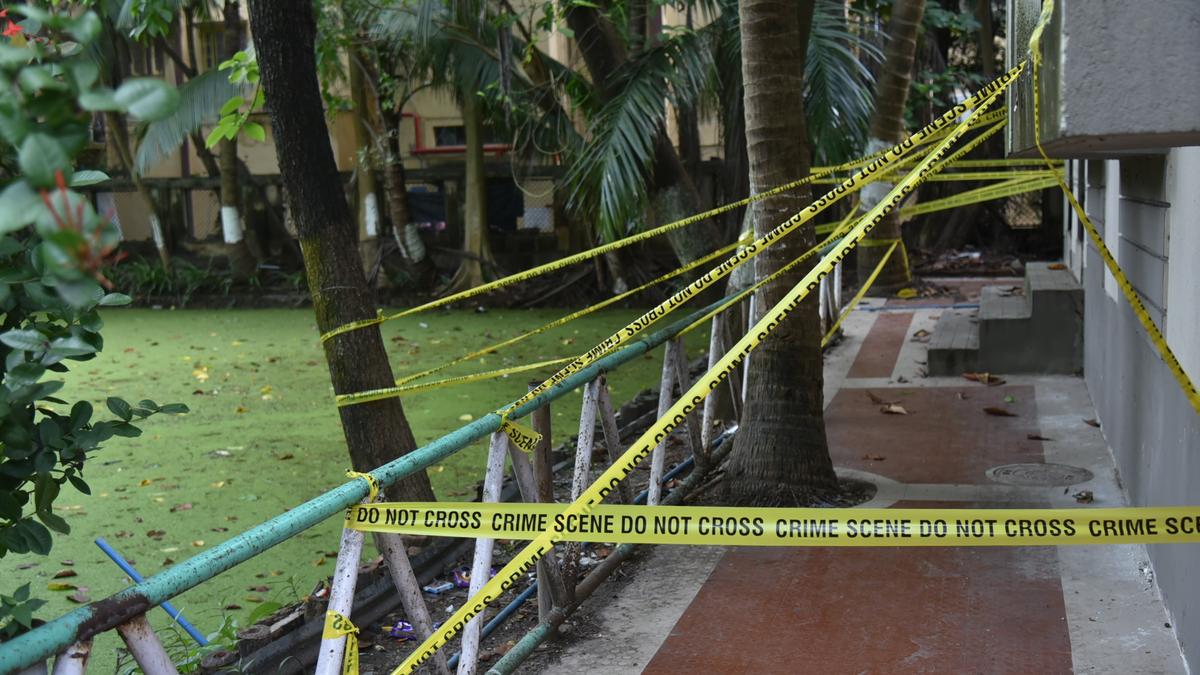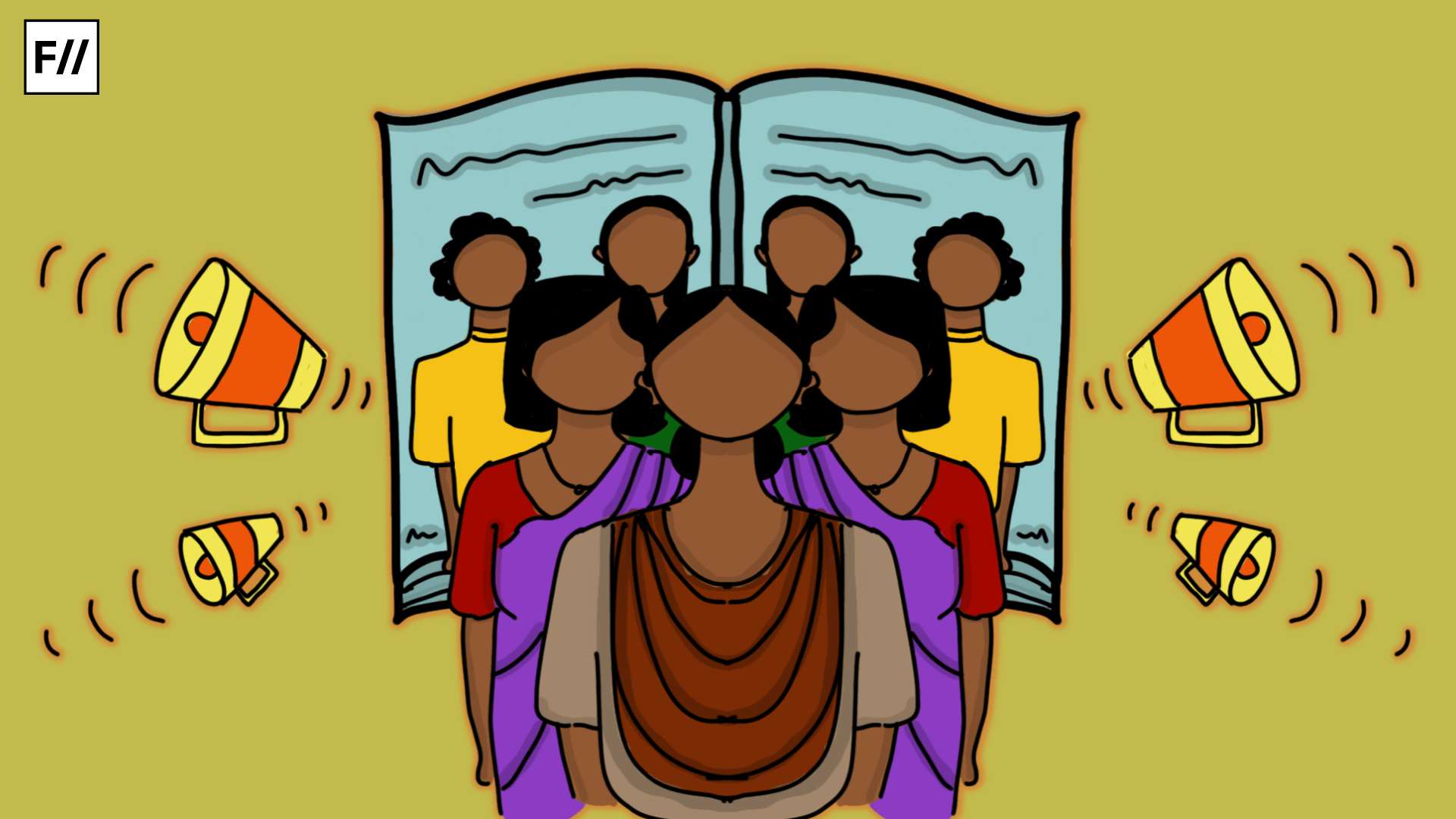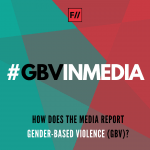 Editor’s Note: This article was written for the #GBVinMedia Campaign, which interrogates mainstream media’s reportage of gender-based violence from an intersectional feminist perspective. Many of these insights are based on the #GBVinMedia toolkit, released by FII as a guide for journalists and media professionals to report gender-based violence sensitively and ethically. If you wish to get in touch regarding this campaign, please email asmita@feminisminindia.com.
Editor’s Note: This article was written for the #GBVinMedia Campaign, which interrogates mainstream media’s reportage of gender-based violence from an intersectional feminist perspective. Many of these insights are based on the #GBVinMedia toolkit, released by FII as a guide for journalists and media professionals to report gender-based violence sensitively and ethically. If you wish to get in touch regarding this campaign, please email asmita@feminisminindia.com.Our newspapers are rife with reports of gender-based violence – cases of rape, domestic violence, dowry harassment, acid attacks, workplace harassment, among others. These cases flood our papers and our newsfeeds, and rightly so, highlighting the pressing issue of crimes against women and girls. Increased reportage of gender-based violence significantly increases the attention this epidemic receives, and possibly spur action towards a concerted effort in dismantling it. After the infamous 2012 Delhi gang rape, media coverage of gender-based violence was four times that of rape coverage prior to the event, making the issue of women’s safety a central policy concern.
However, news reports about gender-based violence usually take a close-up view – they report the case at hand and little else, taking up 12-15 lines in a newspaper format. The way that the news is framed can significantly alter the way we view gender-based violence.
We are all complicit in rape culture, and only by dismantling this at every level can we hope to reduce the incidence of gender-based violence.
But what is gender-based violence, and what is the right way to view it? Gender-based violence is violence that is directed at an individual because of their biological sex or gender identity. Women and girls are disproportionately affected by gender-based violence.
Cases of gender-based violence however, are not isolated, random incidents that have no correlation to each other. They are not individual cases of specific women or girls being targeted or harassed. Instead, it is a pattern of violence that occurs all over the world in a systemic manner.
It is also important to remember that gender-based violence does not impact all women in the same way. Certain communities that are further marginalised due to their caste, region, religion, gender identity, disability etc., are additionally vulnerable to gender-based violence. This is what feminist scholars call intersectionality – the discrete experiences that women who occupy different social positions have. These types of gender-based violence have additional components to them – for example, caste-based sexual violence, transphobic violence or violence against women with disabilities, all of which demonstrate systemic patterns of their own.
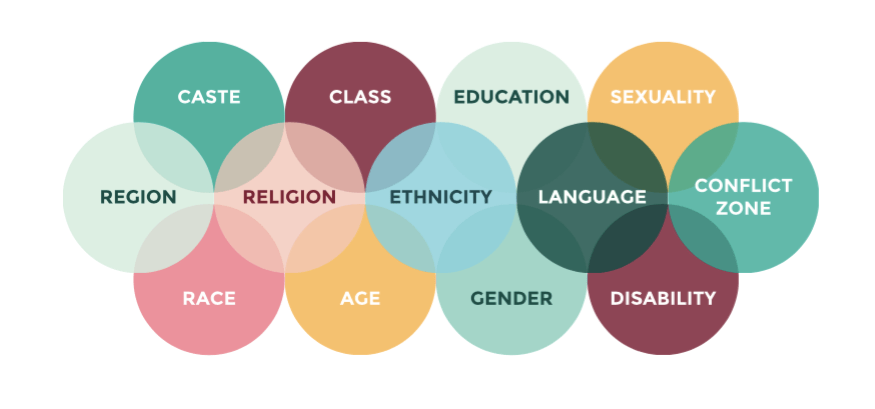
It is only extreme incidents of gender-based violence that make headlines and catch our attention – gang-rapes, acid attacks and murders. However, these incidents occur because of a culture that enables and engenders patriarchy; a culture that makes it a greater crime to be a victim of GBV than a perpetrator, a culture that encourages silence as the best reaction to GBV, a culture that minimises sexual harassment by saying “boys will be boys”; in short – a rape culture. We are all complicit in this rape culture, and only by dismantling this at every level can we hope to reduce the incidence of gender-based violence.
Also read: Why Are Sensationalist Headlines Of GBV Cases A Problem?

When we understand gender-based violence from this holistic view as a pattern, we see that it is not by changing individual behaviour patterns of either victims or perpetrators, but by combating patriarchy at every level that we can hope to make a dent. Viewing a case of rape in isolation, without seeing it as a part of this larger pattern, ignores this holistic nature of GBV.
Episodic vs Thematic Reportage
Media coverage of rape is often episodic rather than thematic. An episodic framing of a news incident views it as an isolated incident, taking a close-up view of the situation. According to a study by Amanda Gilbertson and Niharika Pandit that studied 4 leading newspapers in English and Hindi, 92.3% of news media coverage of gender-based violence is episodic. It focuses on individual cases and discrete events. In contrast, thematic framing takes a wide-angle view – focusing on patterns of behaviour and the social and environmental contexts that incidents take place in. While episodic reportage would focus on the individual, thematic reportage would focus on the issue at large.
Viewing a case of rape in isolation, without seeing it as a part of this larger pattern, ignores this systemic nature of GBV.
For example, in cases of gender-based violence, episodic news framing would focus on isolated incidents, focusing on sensationalist and provocative elements of the story. It would fail to embed the incident in the larger context of gender-based violence, or include information about other structures of oppression like caste, ableism or transphobia. Episodic coverage reduces a structural problem to a series of random, disconnected episodes.
A thematic framing of the same incident however, would contextualise the incident of violence within a larger pattern of sexual violence, and include statistical information, commentary by gender experts, legal and institutional information, help services and other information that would help the public view the incident in a larger context.
Also read: How Does The Media Perpetuate Victim Blaming When Reporting GBV?
Research has found that episodic news framing might spur unnecessary panic among the public, as well as an inaccurate understanding of sexual violence that propagates stereotypes that are harmful to survivors of sexual violence. By viewing each case of sexual violence in isolation, we fail to grapple with how we can combat it as a society. The solution for rape, when seen in this close-up view, veers towards discussing what each particular survivor could have done differently in order to avoid rape – victim-blaming 101.
BY VIEWING EACH CASE OF SEXUAL VIOLENCE IN ISOLATION, WE FAIL TO GRAPPLE WITH HOW WE CAN COMBAT IT AS A SOCIETY.
Thematic news framing on the other hand, promotes a greater public awareness of the context of gender-based violence, and aids more sensitive and accurate understanding of the issue. When a single incident of rape is juxtaposed against the staggering epidemic of sexual violence across the country, it becomes clear that the solution cannot come from changing individual behaviour patterns, but rather from a systemic overhaul of societal mindsets and State interventions.

How does one frame an article thematically?
While the media is often limited by column spaces or word limits when reporting on cases of gender-based violence, it doesn’t take much to frame an article thematically instead of episodically. A few tweaks and additions to the existing information can create a thematic framing of the incident, embedding this single incident within the larger context of gender-based violence as a systemic pattern.
Cite statistics
Cite relevant statistics of rates of gender-based violence (or that specific crime – domestic violence/rapes/caste-based sexual abuse etc.) in the region.
Quote experts
Quote experts on gender-based violence who can help situate that case as a part of a pattern of gender-based violence, and also provide a sensitive and feminist understanding of the crime.
Counter patriarchal myths
The media often prints quotes by legal counsel or police authorities. Many of these quotes can be sexist or patriarchal in nature – attributing the reason for the violence on the woman’s drinking habits, clothes or sexual history, for example. It is important that the media not print these quotes as is, and instead offer statistics or commentary that bust these myths. The previous point, i.e., quotes by experts on gender-based violence can help in this regard.
Use an intersectional lens
Painting all incidents of gender-based violence with the same brush runs the risk of erasing the additional vulnerabilities to sexual violence that women from marginalised communities face. Thus, when citing statistics or embedding GBV in its context, the media must use an intersectional lens. If it is a case that falls under a pattern of someone in a position of power (dominant group, State authority, employer etc.) committing a crime against a member of a marginalised group, then highlighting the social positions of the perpetrator and the victim will highlight this as a pattern of violence.

The example above is one of a good thematic article. While all thematic articles need not be this long, this article situates a crime within a larger pattern. However, this article could have gone one step further and highlighted the additional vulnerability that Dalit girls and women face to caste-based sexual violence, especially since the case of Delta Meghwal was one of rape, extortion and finally, murder.
The way the media chooses to frame an incident of gender-based violence can heavily influence how gender-based violence is understood by society – as a public problem instead of a ‘woman’s mistake’.
Featured Image Source: Womanyeah
About the author(s)
Asmita is a Freelance Communications Consultant, and specialises in leading digital advocacy campaigns for social and gender justice issues. When not using social media for work, she uses social media for fun (and a healthy dash of existential despair).
